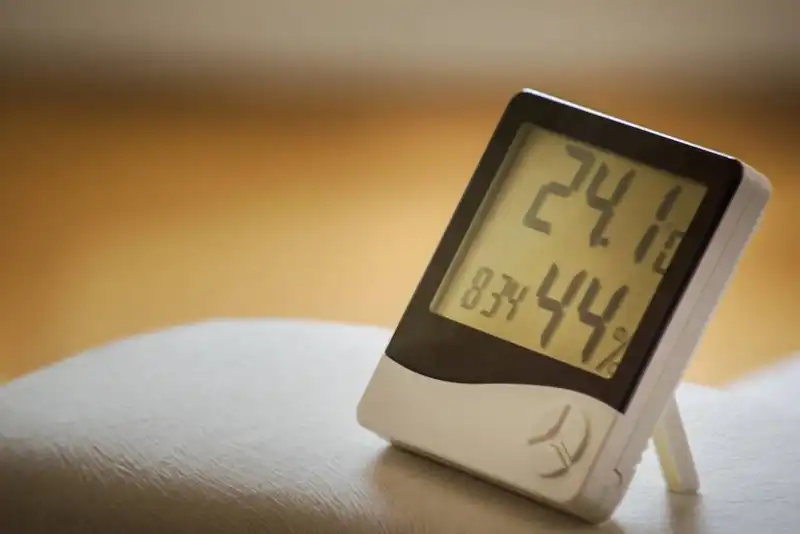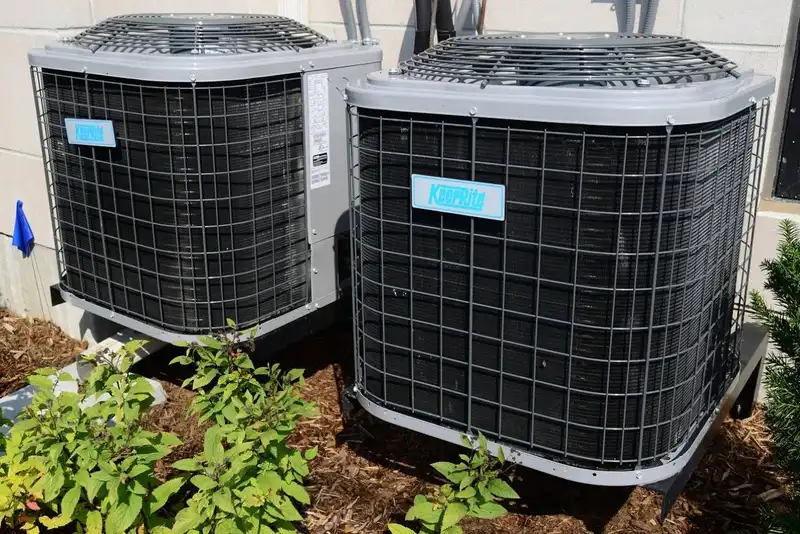How to Properly Monitor Humidity in Your Restaurant

Insight into Humidity Monitoring
You might not realize it, but learning how to monitor humidity in your restaurant should be at the top of your to-do list. As most restauranteurs are aware, failing to do so can be detrimental to your customers' dining experience and your food quality. So, how do you do it, and why exactly should you? Read on to find out.
Importance of Monitoring Humidity in Restaurants

When you're busy focusing on everyday operations, monitoring your humidity levels is probably the last thing on your mind. However, it's more important than you might think.
Humidity can impact your diners' comfort, equipment importance, and food safety. Over time, these can all affect your ability to run a successful restaurant.
Mold, Bacteria, and Mildew
Nothing makes mold, mildew, and bacteria grow more successfully than humidity. Without monitoring processes in place, your restaurant can become a giant petri dish.
Any moisture or dampness in the air, such as from water vapor, can cause mold growth. Indoor relative humidity (RH), such as in a restaurant dining room, should be between 30 and 50 percent to prevent mold growth. Such humidity levels can even have the benefit of discouraging pests like cockroaches, along with dust mites.
Spoiled Food
It's heartening to know that the American food supply is one of the safest in the world. Still, one in six Americans, or 48 million, will be struck down by foodborne illnesses every year.
You can do your part by understanding the importance of learning how to monitor humidity and reduce the risk of spoiled food. You are then in a better position to comply with all food safety standards.
Humidity speeds up the spoiling process, which leads to some ingredients having a far shorter lifespan than noted on its packaging. While checking your humidity, it's a timely reminder also to check your storage temperatures.
Dry storage should be between 50-70F, while freezers must have an internal temperature of 0F. Food in hot storage should remain at 140F or above, and refrigeration units must be kept at between 32-40F.
Equipment Performance
Surprisingly, high levels of humidity in a kitchen can lead to more than just discomfort. It can also affect your equipment.
Freezer seal gaskets can fail, leading to food stored at improper temperatures and high slip-and-fall risk. Other equipment can also experience decreased efficiency, which can then lead to it failing.
Tips to Manage Humidity and Things to Look Out For

Once you know the impact humidity can have on your business, it's crucial to act fast. Time wasted is an opportunity for humidity to have an impact on your business that can soon fall out of your control.
Know Your Humidity Sources
Before you hope to combat the problem, seek out the humidity sources. Both air temperature and ventilation can play a part in less than desirable humidity levels. Warm air is, naturally, moister than cold air.
Given that kitchens are hot environments, there is already a lot of moisture in the air. This problem is exacerbated by the opening and closing of walk-in coolers. The combination of warmth and cold creates condensation, which can then lead to mold growth and slip hazards.
Ventilation is also another common problem that restaurants face. Improper ventilation can lead to increased humidity because, unlike cold air, warm air collects' in a space.
Invest in Ventilation and HVAC Systems
If your restaurant doesn't have an adequate HVAC system and ventilation, then it's crucial to add that to your to-do list. Restaurants need to have hoods and ventilation systems that can replace the hot, moist air with cold, dry air.
Even in an open-plan restaurant, having different HVAC systems for front-of-house and back-of-house is commonplace. By being able to control the air quality in the kitchen, your kitchen workers can be more comfortable, and your food practices safer.
As a side note, don't forget to keep all HVAC elements clean so they can function at their best at all times.
Invest in Temperature Monitoring Technology
No busy restaurant owner has the time to walk around with a clipboard writing down humidity levels and making sure they are optimum. Having the best HVAC and ventilation systems is a great start, but you also have to ensure they are up to the task.
The technology exists that allows you to track temperatures, humidity, pressure, and luminosity of your restaurant equipment. The time savings can be astronomical while also making sure your business can comply with food safety standards.
What's more, if temperatures or humidity levels are not where they should be, you can be alerted to an issue and fix it promptly.
Conclusion
Humidity can affect restaurants in more ways than one. It can lead to customer discomfort, food safety risks, slip hazards, and even equipment damage. Now, more than ever, it's paramount to learn how to monitor humidity to keep those risks to a minimum-
- Understand the risks associated with humidity, such as freezer seal gasket failure, food spoilage, and mold growth.
- Understand your sources of humidity such as air temperature and ventilation.
- Invest in restaurant-quality ventilation and HVAC systems.
- Utilize technology that can streamline the entire humidity monitoring process.